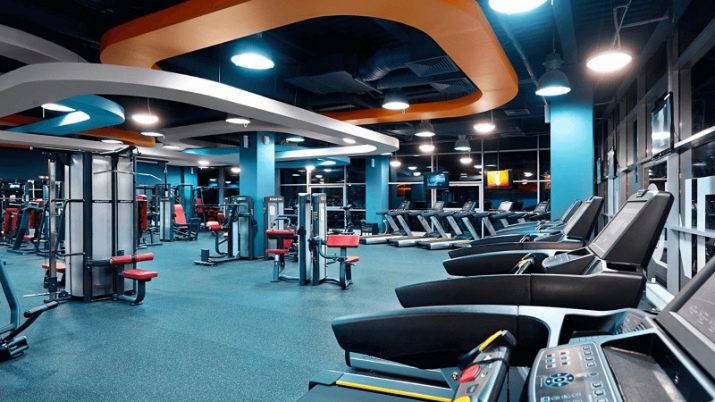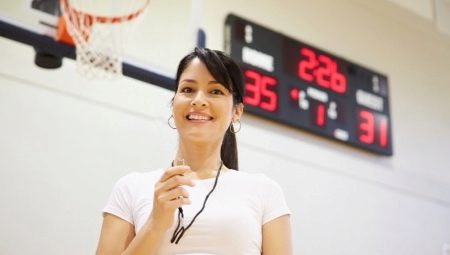The profession of a physical education teacher does not belong to the category of fashionable and prestigious, which is why there are always enough vacancies in this specialty. Physical education teachers are more often athletes who have completed their sports careers, as well as people who sincerely love sports.
Profession history
The profession has its roots in the days of Ancient Greece, when strength, dexterity and endurance were cultivated among young men, and great attention was paid to military sports disciplines in society. The range of exercises for young people included fist fights, chariot races, high jumps and long and short distance running.
The process was led by more experienced mentors, who achieved considerable success in the sports field and enjoyed authority among young people.
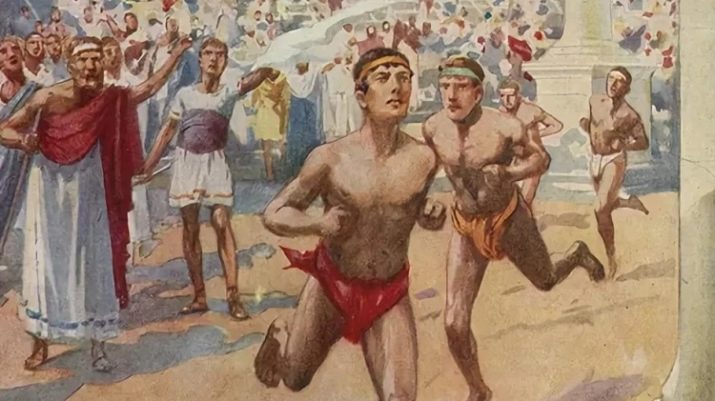
In its modern form, physical education has been officially taught since the mid-19th century, when a gymnastics lesson was officially introduced in British schools. A huge contribution to the development of the profession was made by Peter Frantsevich Lesgaft - An outstanding Russian teacher, anatomist, anthropologist and biologist. The scientific system of physical education developed by him at the end of the 19th century is widely known to specialists and has not lost its relevance to this day.
Since the beginning of the 20th century, the profession of a teacher of physical education has been especially popular in countries with a totalitarian regime, such as the USSR, Italy and Germany. This was due to the need to train a large number of potential soldiers, ready at any time to replenish the army.In the USSR, a set of physical exercises of the TRP was developed and implemented, which quickly gained popularity among Soviet people, and the implementation of its norms was considered a matter of pride. In the period from 1931 to 1941, more than 6,000,000 people completed the first-stage standard and more than 100,000 people became owners of the second-stage badge.
Starting from the 60s of the last century, the post of physical education teacher was introduced in all secondary schools of the Soviet Union, and educational programs were replenished with two hours of physical education per week.
In modern schools, the number of lessons has been increased to three, which is due to the sedentary lifestyle of children and the need to involve as many students as possible in sports.
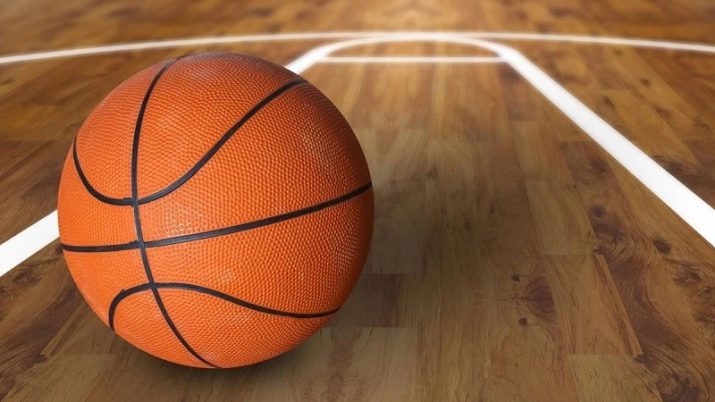
Description
Today, a physical education teacher is a teacher who conducts physical education classes with children, stimulates them to play sports, increases the prestige of a healthy lifestyle in the eyes of the younger generation and forms a negative attitude to bad habits. The modern physical education program includes several sports disciplines such as skiing, gymnastics, athletics and game sports - basketball, football and volleyball.
The task of the teacher is to organize the educational process in such a way that each of the children is involved in classes and receives a load in accordance with individual development and capabilities. The physical education profession is suitable for both men and women and is the best option after completing a professional career in sports.
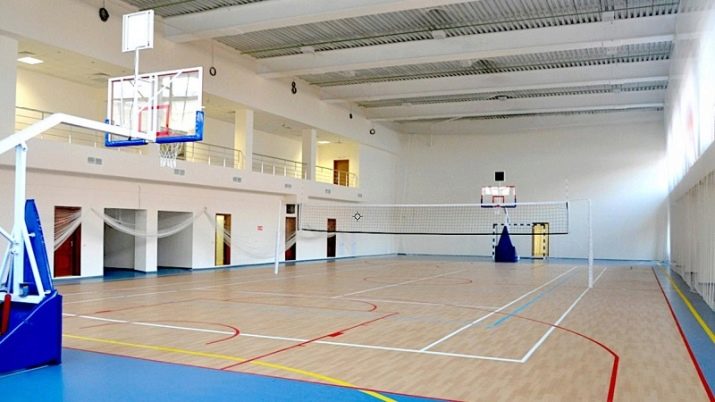
Advantages and disadvantages
The profession of a physical education teacher has both advantages and disadvantages. The pluses include:
- availability of a full social package;
- regular pay;
- long holidays falling exclusively in the summer months;
- interesting work with children;
- maintaining your body in excellent physical condition;
- the possibility of conducting classes in the fresh air;
- high demand for the profession and a large number of vacancies;
- the opportunity to work part-time in sports schools and fitness centers.
The main disadvantage of the profession is high responsibility for the life and health of children, which is especially true in the light of recent events with increasing cases of sudden death of schoolchildren in physical education classes.
The disadvantages include not too high wages, constant psycho-emotional overload and difficult work in a large teaching staff.
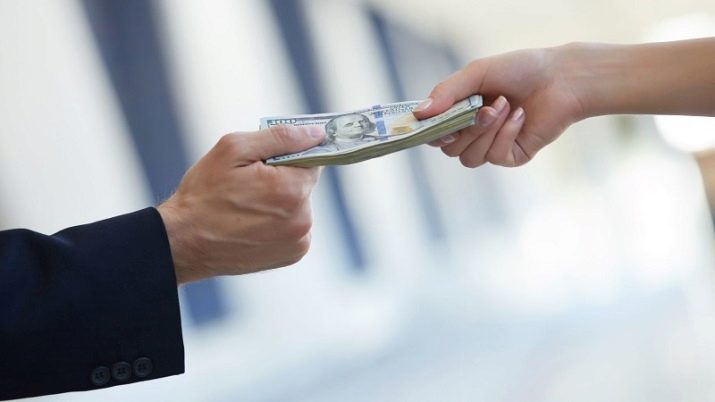
Job responsibilities
Like any teacher, a physical education teacher has a number of job duties with which he is introduced when applying for a job.
- The first and most important condition for working at school is a clear knowledge of the teaching methods of the subject and full acceptance of all the requirements of the Ministry of Education and the administration of the institution.
- The teacher must be able to draw up curricula for the lesson, quarter and academic year. and provide them to the supervisor for review and approval.
- The teacher must comply with safety regulations in the classroom, explain them to students and monitor their performance, thereby ensuring the preservation of the life and health of students.
- The teacher must really assess the well-being and capabilities of each student, to carry out an individual approach to each child, taking into account its physiological, age and psychological characteristics.
- The teacher is required to keep the training documentation, fill out a journal, including electronic one, and make timely assessments in it.
- Fizruk should take part in planning meetings, meetings and teacher councils, attend parent-teacher meetings and conduct planned and unscheduled training and sporting events.
- The teacher is obliged to independently choose educational literature, necessary for conducting lesson and extracurricular activities and corresponding to the requirements of the Federal State Educational Standard.
- The teacher should exercise regular knowledge control, abilities of students, evaluate them according to accepted standards.
- Fizruk must monitor the health of gym equipment and sports equipment and if necessary, promptly apply for a new one. Classes with children on broken or damaged shells are strictly prohibited.
- When performing complex gymnastic exercises on the horizontal bar, horse, crossbar or parallel bars, the teacher is obliged to insure each child, regardless of his physical form and abilities.
- The teacher is obliged to recognize sports talents and abilities among students, motivate them to more serious classes in specialized schools of the Olympic reserve.
- When working with children, the physicist must take into account the individual physical characteristics of each child and listen to the requests of parents regarding the permissible physical activity.
- The teacher is required to promote a healthy lifestyle and timely inform children about the negative effects of smoking, alcohol and drug use.
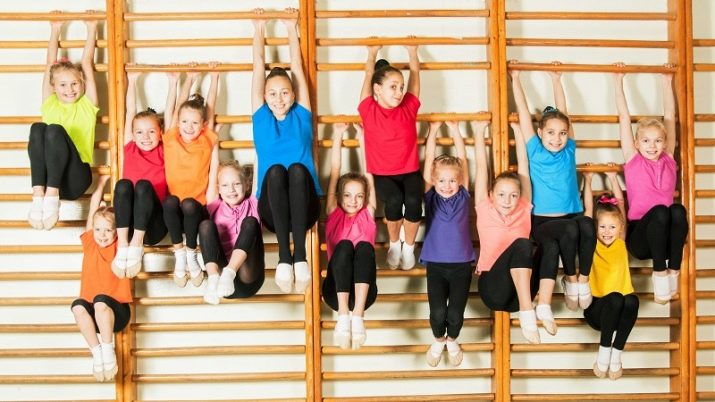
Requirements
The main requirement for a physical education teacher is he has a number of personal and professional skills, without which working with children and teaching sports would be impossible.
Professional skills
Among the professional skills that a fizruk should perfectly master, the following can be noted:
- emergency medical skills;
- knowledge of fire safety rules and the ability to follow the instructions for the evacuation of children in case of emergency;
- ability to smooth out conflict situations and resolve disputes between students;
- knowledge of the rules of sports games and refereeing skills;
- maintaining good physical shape and the ability to show students the technique of performing gymnastic exercises, jumping and throwing the ball;
- good sports erudition and awareness of the passage of major sports competitions, allowing to discuss the event with students and give what is happening professional assessment;
- a clear idea of the age periodization of students and a systematic approach to learning based on modern techniques.
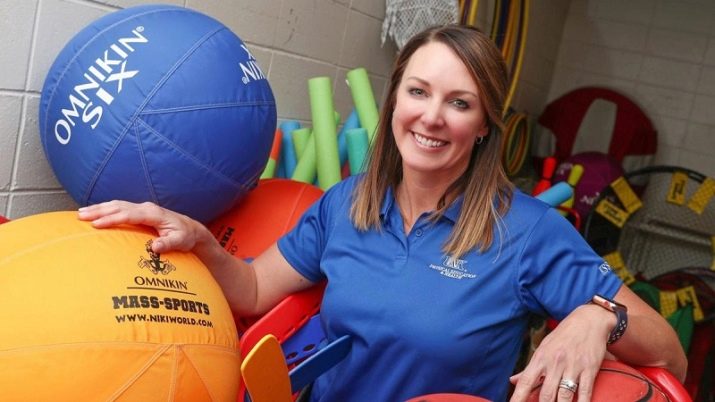
Personal qualities
Of the individual characteristics necessary for a physical education teacher, one can note such qualities as justice, love for children, ability to find a common language with teenagers, high responsibility, sociability, ability to control several simultaneous processes under control, physical endurance, stress resistance, lack of remorse, ability to forgive, goodwill and ability to make contact with parents.
At the same time, the physical education teacher should be observant, principled, hardworking and mentally balanced, clearly and interestingly express his thoughts and possess excellent organizational skills.
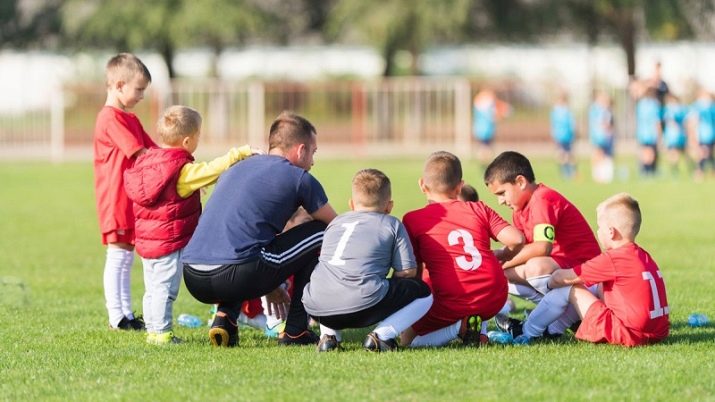
Training
The profession of a physical education teacher can be obtained in both higher and secondary specialized educational institutions - institutes of physical education, pedagogical universities and colleges, schools of the Olympic reserve. In addition to the specialty "Physical Education", there are such areas as "Physical Culture and Life Safety", "Adaptive Physical Education", "Physical Fitness Work" and many others.
The term of study at a secondary school based on 9 classes is usually 3 years 10 months, on the basis of 11 classes - 2 years 10 months, at a university - from 4 to 6 years depending on the form of study (full-time, evening or correspondence) and the education system (undergraduate or specialty). For admission to secondary secondary education institutions it is enough to pass the standards for physical training, which are accepted directly at the educational institution, and pass a competition of certificates.Applicants to universities should have on hand the results of the exam in the Russian language, biology and successfully pass an exam in physical education.
Many higher education institutions provide an opportunity to obtain a diploma of a teacher of physical education in combination with any other specialty. This greatly expands the possibilities of the teacher and allows you to work at 2 rates, teaching two subjects at once. Graduates who have completed their studies and received a bachelor's degree can continue their studies in the magistracy. This will deepen their acquired knowledge and engage in scientific work in the chosen specialty.
As for wages, in large cities such as Moscow or St. Petersburg, it reaches 40-60 thousand rubles and depends on the level of qualification, length of service, extra hours and classroom management. In the Far North and in equivalent territories, the salary of a physical education teacher is about 70 thousand rubles, in small towns and regional centers of Central Russia a teacher receives from 15 to 20 thousand rubles. For additional income, physical education students often work part-time at fitness centers, gyms and sanatoriums, and also lead sections in children's development centers and swimming pools.
